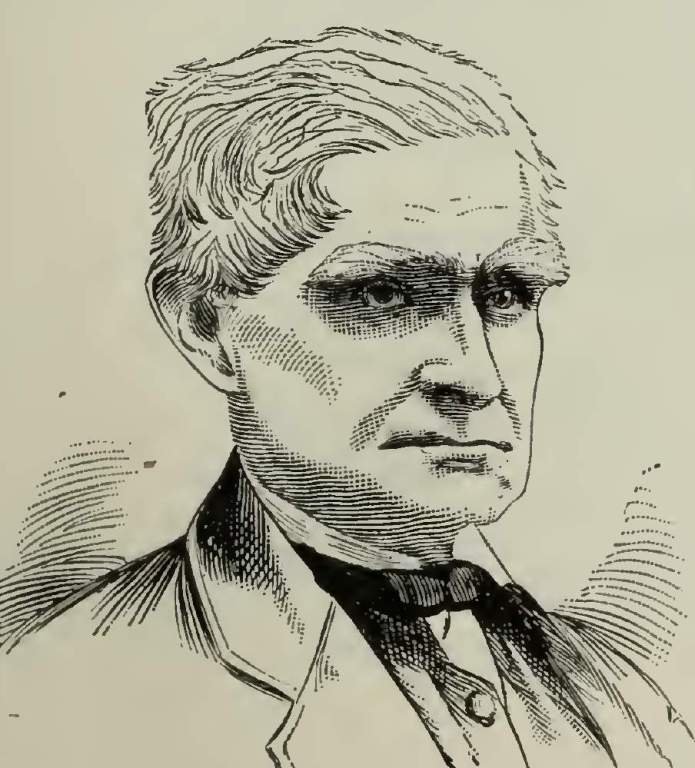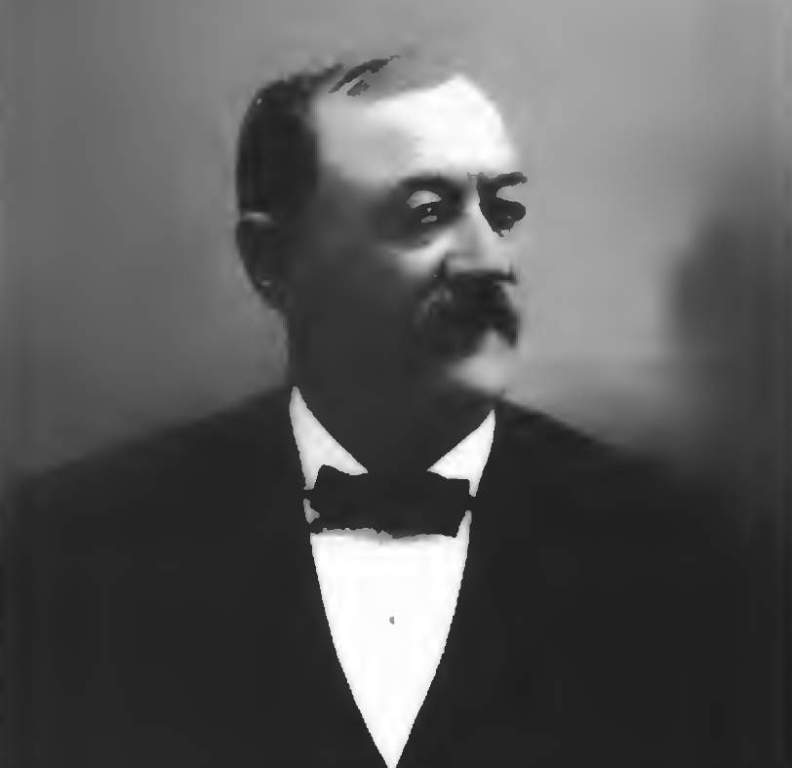The Legacy of the Niantic Tribe. The name Niantic is also spelled Nehantic also pronounced nie-ANN-tick and is translated as “at a point of land on an estuary” –that is to say, at a point of land near a water passage where the current of a river meets the tide of the ocean. As a coastal population living on river outlets near the Atlantic Ocean, the Niantic resembled other coastal and river ALGONQUIANS of the Northeast Culture Area, and their way of life was similar to that of other coastal or river ALGONQUIANS. Thus, the Niantic people were very skilled navigators and fishermen, and they relied heavily on the resources of the ocean for their survival.
The Native Americans lived in palisaded villages of wigwams and planted fields nearby, fished and collected shellfish in the waterways, and hunted and collected wild plants in the forests as well. There were two general kinds of Niantic people: the Eastern Niantic, who lived on the coasts of Rhode Island and Connecticut in the present day; and the Western Niantic, who lived between Niantic Bay and the Connecticut River on the coast of Connecticut. PEQUOT lands were the barrier that separated the two groups of people.
It was the Western Niantic that were caught up in the events of the Pequot War in 1636-37 between the Pequot and settlers. The Niantic attempted to remain neutral in conflicts between Indians and settlers, but they were caught up in the events of the Pequot War Indians and settlers. There were some Western Niantic who fought along with the colonists during this time.







